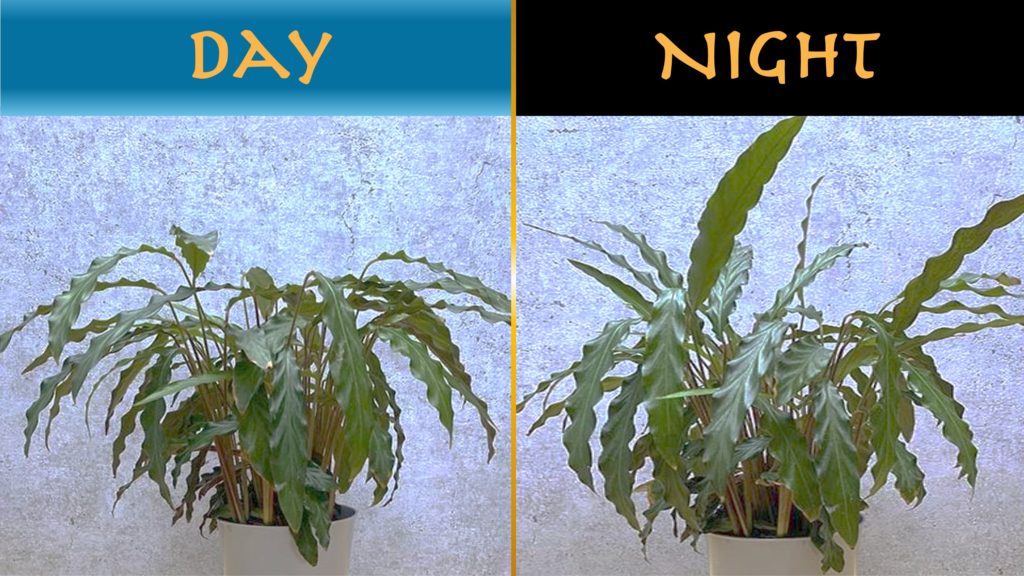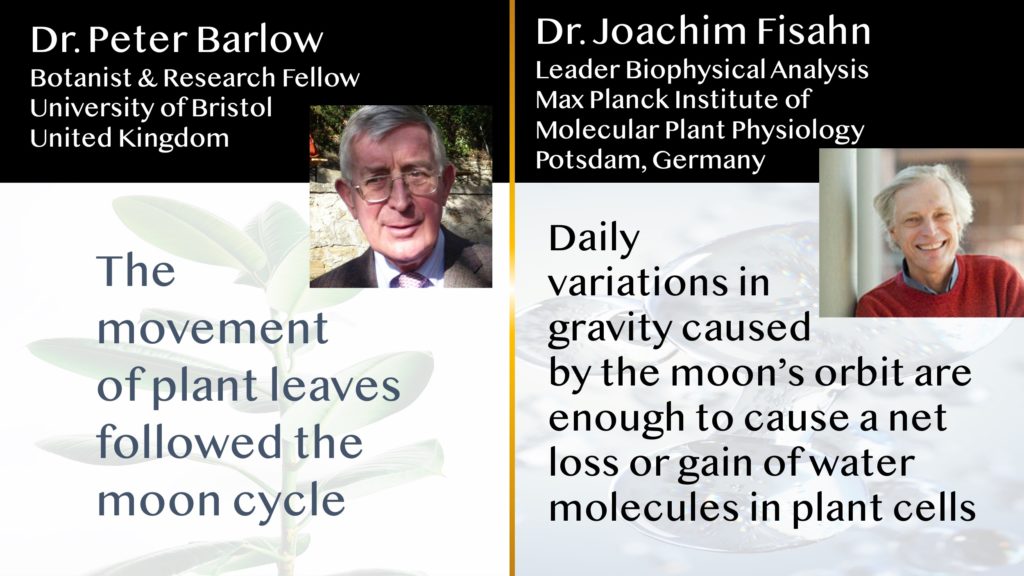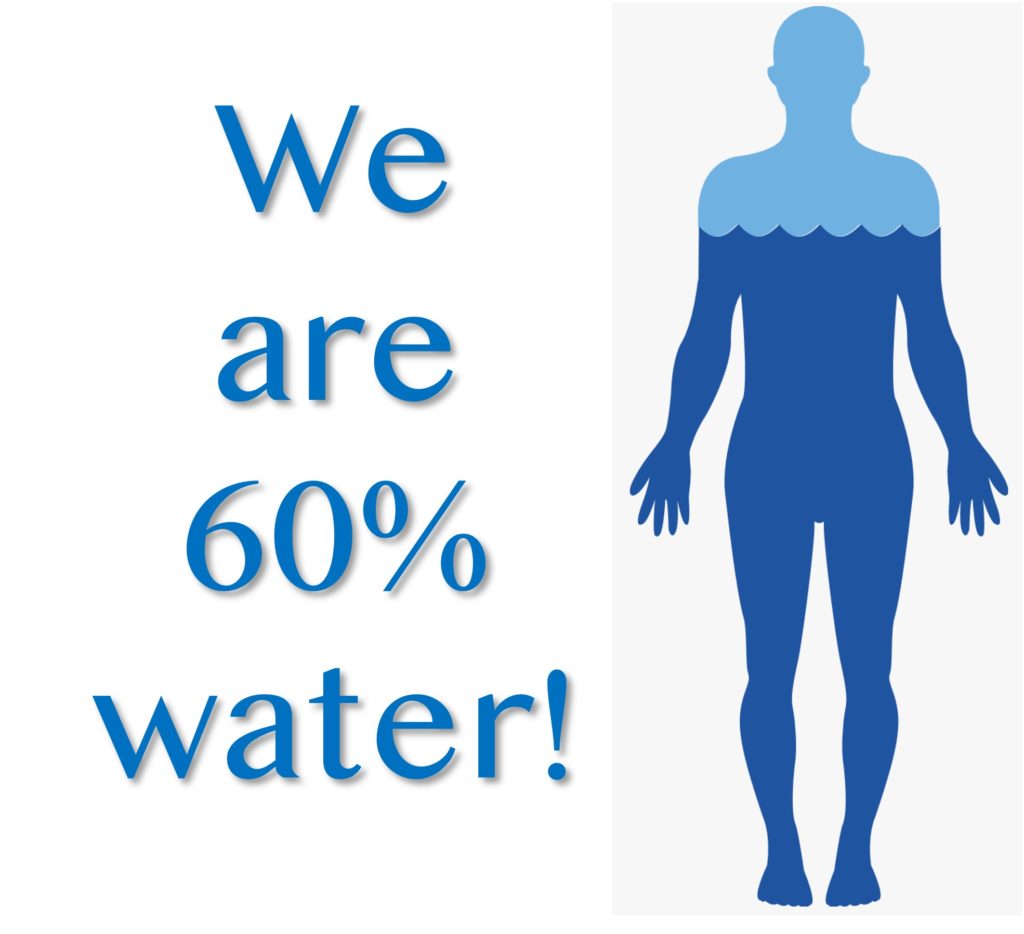What are the recent discoveries about the moon? What science has proven shows how the moon affects you whether you know it or not. When you take steps to align yourself with the moon, you help yourself stay calm and rejuvenated. When you don’t, life can feel like a roller-coaster. This is part 2 of a 5-part series:
Part 1 – Ancient Beliefs About the Moon
Part 2 – Discoveries About the Moon
Part 3 – How Does the Moon Affect the Earth?
Part 4 – Subtle Energy Fields
Part 5 – Healing With the Moon
What about the moon’s effect on water?
If you’ve been to a lake or seashore, you’ve seen water moving in rhythmic motion. Waves are fun to frolic in and surf on, but we don’t usually give much thought as to what’s causing them. Waves come from far away and travel many miles, lapping or pounding onto shores ceaselessly responding to the moon’s gravitational pull. Even though the moon only has about one-hundredth the mass of earth, because it is so close to us, it has enough gravity to move around massive things like oceans.
As long as there has been a moon, it has exerted a gravitational pull on earth strong enough to cause great bodies of water to move. Based on the alignment of the moon, sun and earth, and the phases of the moon, we get spring tides and neap tides, high and low tides, king tides, and occasional extreme tides which can be powerful and violent.
Tides are an obvious manifestation of the moon’s power over water that are visible to all. But scientists wondered if the moon has this kind of effect on large bodies of water, might it also have an effect on small quantities of water? As small as in the microscopic water molecules inside of the cells of growing plants?
And if so, what does that mean for humans, since we’re comprised of 60% water?
What about the moon’s effect on plants?
According to recent scientific discoveries, the movement of plant leaves may be governed by the gravitational pull of the moon, just like ocean tides. Scientists have measured fluid rising in plant stems and leaves during the waxing moon phase causing them to grow, and descending into to the roots during the waning moon phase causing them to grow. This confirms what ancient farmers and modern agronomists have recognized, namely that horticulture principles aligned with the moon’s gravitational pull are better able to support plant development than random planting.
As you may have noticed, some plants’ leaves rise and fall during the day-night cycle, mostly in reaction to light in their environment. But the leaves of plants grown in the dark also rise and fall, which hints that something else may be causing this.

Dr. Peter Barlow’s studies at the University of Bristol confirmed that the movement of the leaves followed the moon cycle. Barlow believes it has to do with the movement of water within the plant, probably in the “joint” where leaf meets stem.
And there is more evidence. Dr. Joachim Fisahn of the Max Planck Institute found that daily variations in gravity caused by the moon’s orbit trigger a net loss or gain of water molecules in plant cells. There are over 200 publications supporting Dr. Fisahn’s findings that water molecules respond to gravitational changes which can have an effect on the whole organism.
Given that plant cells are sensitive to the moon’s gravitational forces, Dr. Fisahn sees no reason why human cells could not be as well. In which case, there could be an effect on human behavior and the human nervous system considering that humans are comprised of so much water.

What about the moon’s effect on human behavior?
There has been a long-held belief that the moon has the power to alter humans’ moods and behavior. Does it? What does science have to say about the moon and human behavior? Science is beginning to confirm thousands of years of empiric knowledge that the moon influences our state of mind and our well-being. The moon’s influence changes every day, with some obvious disruptive times such as the full moon and the new moon.
Dr. Arnold L. Lieber of the University of Miami analyzed murders in Dade County, Florida and found that the murder rate began to rise the day before the full moon, reached a peak during the full moon, then dropped back down, only to climb back up again at the new moon. He concluded that murders became more frequent with the increase in the moon’s gravitational force.
Professor C.P. Thakur of Patna Medical College researched crime in three different locations; one rural, one urban, and one industrial. He found that significantly more crimes were committed on full moon days when compared to crimes committed other times of the month. He concluded that the gravitational pull of the moon caused what he described as “human tidal waves.”

What about the moon’s effect on emotions and mood?
Dr. David Avery in Seattle, WA, and Dr. Thomas Wehr in Bethesda, MD, independently studied patients with bipolar disorder. They each began to notice that their patients were showing uncanny regularity in their episodes of illness, and that the episodes appeared to respond to precise cycles.
They wondered if there was some kind of external influence that was operating on these bipolar cycles. Because of the historical belief that the moon affects human behavior, the obvious thing to consider was whether there was some lunar influence. So they tracked the dates of the mood episodes of their patients for years. They realized that there was a link bi-polar episodes and the moon but earlier studies had failed to find it because people differ in how they respond to the lunar cycle.
The only way to find anything was to look at each person individually over time, and then the patterns popped out. By focusing on the moon’s gravitational pull, especially in relation to the tides, they found that their patients appeared to synchronize with the roughly two-week cycles at the height of the tides. It is not that they necessarily switched into depression or mania every two weeks. It is just that if patients switched from depression to mania or mania to depression, it did not happen at just any random time: it tended to occur during a certain phase of the lunar tidal cycle.

And that’s just the beginning!
Science is finally catching up with ancient knowledge, and as technology improves more results will appear that confirm the power of the moon to impact life on earth. There is much more scientific data about the physical and emotional impact of the moon but this provides a good start in understanding the moon’s effects. Even more surprising results show up when scientists dig deeper into the invisible magnetic fields that surround us: the earth’s magnetic field, other people’s magnetic fields, and each person’s individual magnetic field.
Part 3 – How Does the Moon Affect the Earth? examines the role that magnetic fields play in human emotions and well-being, and reveals scientific evidence that will inspire you!
Resources
Read more about scientific discoveries regarding the moon and life on earth:
The Scientist Magazine article Can Humans Sense Magnetic Fields as quoted by the BBC.
The Smithsonian Magazine article Some People’s Brains Can Sense Earth’s Magnetic Field.
The Guardian Newspaper article The sixth sense: can humans detect the Earth’s magnetic field?
Learn about the importance of the moon in the Chaco Culture of what is now New Mexico in The Mystery of Chaco Canyon, available for purchase and streaming on Amazon Prime. As you watch the documentary, you might consider the sites as communal spiritual centers and the kivas as places for inward journeys of initiates.
Learn how you can heal yourself with the moon by reading the entire Powers of the Moon Series:
Part 1 – Ancient Beliefs About the Moon
Part 2 – Discoveries About the Moon
Part 3 – How Does the Moon Affect the Earth?
Part 4 – Subtle Energy Fields
Part 5 – Healing With the Moon
To learn more about the moon’s influence and what you can do to live in alignment with the moon’s natural rhythm, watch the six lessons in the 28-Day Moon Meditation Essential Program. If you want a short (15-minute) daily practice designed around the phases of the moon, check out the daily practice videos for this program.
Learn more about healing and consciousness at Inner Treasure Hunt. If you liked this post, you can subscribe to the Inner Treasure Hunt newsletter to stay informed about new posts, programs, and events.
Please share this post with your friends! Just click below.


